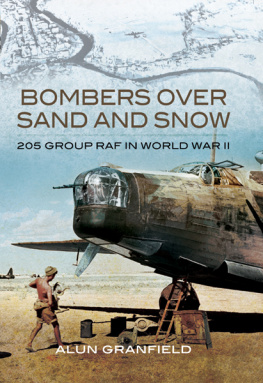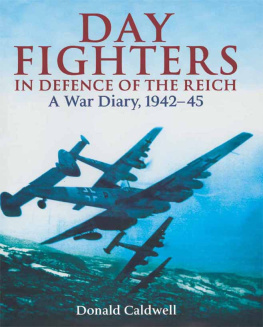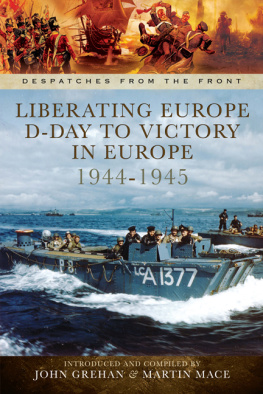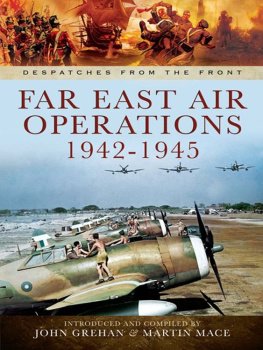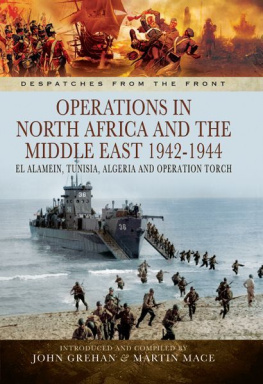It had been decided at the Casablanca Conference in January 1943 that following the complete defeat of the Axis forces in North Africa, the invasion of Italy could be undertaken. The first step was to occupy Sicily and this operation forms the first despatch in this book. In the planning for the invasion of Sicily it was expected that the enemy forces on the island would amount to eight mobile divisions and five coastal defence divisions. The worry was that two of these might be German divisions and this led the Joint Planning Staff to warn that: We are doubtful of the chances of success against a garrison which includes German formations.
The man given responsibility for the operation, Field Marshal Harold Alexander, thought that this was too strongly expressed and he insisted on pressing ahead. Interestingly, he was possibly more concerned that the Germans would be in charge of the defence of the island than of the number of troops they had there. German organisation and efficiency would improve the Italian forces chances of repelling the invaders.
The balance of forces was also roughly even. Equally, whilst the Allies would be able to choose the time and place of attack, the large number of troops that would be needed to overcome the enemy meant that the invading forces could not be landed together would have to be widely dispersed. It was also expected that the Italians would show a greater determination to defend their own soil than they had shown in the fighting in North Africa. Furthermore, Alexander points out, the assault upon Sicily was the first large-scale amphibious operation in the war against a defended coastline and facing opponents equipped with modern weapons. The recollections of what had happened at Gallipoli in 1915 must have weighed heavily on Alexanders mind.
The various, and changing, plans form a large part, around half, of the content of this first despatch. As Alexander points out, one of the most difficult tasks he faced was co-ordinating the forces for a simultaneous assault, as those forces were despatched from all over the southern and eastern shores of the Mediterranean as well as from the United Kingdom and United States.
The air operation was also on an unprecedented scale. The air attacks upon Sicily began almost as soon as the battle for Tunis had ended with raids upon the islands infrastructure and enemy installations. For the entire operation Husky, the total aircraft employed, including transports but excluding gliders, amounted to over four thousand, which came from 110 British and 132 American squadrons.
Though not every element of the operation was a great success, especially the airborne assault which was a marked failure, the capture of Sicily was achieved in just thirty-eight days
A highly detailed description of the naval element to the invasion of Sicily is included in Admiral Andrew Cunninghams despatch. This takes the form of a narrative provided by Vice-Admiral Bertram Ramsay, who was the commander of the Eastern Task Force.
Admiral Cunningham is also the author of a despatch concerning the Salerno landings. The reason why the Gulf of Salerno was chosen for the landing of the Allied forces which began on 9 August 1943 was its proximity to Naples, the port of which was considered essential as a base from which the rest of Italy could be subdued. Operation Avalanche came perilously close to failure with the Germans defending their positions with, as Cunningham described it, a ferocity which we have now come to regard as normal.
The despatch dealing with the rest of the operations in Italy forms the bulk of this volume, amounting to almost 100,000 words and represents possibly the most detailed analysis of this important campaign ever published. It is complemented by Orders of Battle of both the Axis and Allied armies at different stages of the campaign.
The Italian theatre was never intended to be the main focus of operations for either the Allies or for the Germans. It was understood by both sides that the ultimate victory would be won on the Eastern and Western fronts. Italy was a sideshow with the objective of bringing to battle the maximum number of German troops thus preventing their deployment to the main theatres. This was also the principle objective of the Germans to tie down large numbers of Allied troops thus reducing the numbers that could be sent against northern Europe in what everyone knew would be the decisive operation.
It was with this in mind that Alexander planned his moves. At every minute of the campaign, therefore, I had to pose to myself the question, who was containing whom in Italy? He wrote. This was the vital question for the Germans also, and to them the answer can never have been satisfactory. In all, forty-five German divisions were employed in Italy, together with four Italian regular divisions, one Cossack division and miscellaneous formations of Czechs, Slovaks and Russians. The Allies employed in Italy a total of forty divisions of which eight were transferred to Western front in 1943 and ten in 1944 and followed by three diverted to the Balkans. Not all of these forces were employed at any one time, but throughout the fighting, the Axis forces employed generally exceeded those of the Allies.
The operations of the Allied forces could not just be of a holding nature. A real possibility was that if a large part of Italy could be occupied by the Allies, the Italians might be forced to capitulate. Though as Alexander stated, the Italian troops were not of the finest quality, they did perform important garrison duties throughout many Axis-occupied territories. In the summer of 1943 Italy still had seven divisions in Southern France, extending as far west as Marseilles, and no less than thirty-two in the Balkans, together with many non-divisional anti-aircraft and coast defence units in both theatres. If Italy withdrew from the war the loss of these garrisons would thrown a severe strain upon the Germans.








